Photo Gallery for Elophila obliteralis - Waterlily Leafcutter Moth | 138 photos are available. Only the most recent 30 are shown.
|
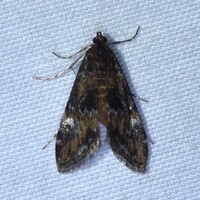 | Recorded by: David George, Stephen Dunn, Jeff Niznik on 2023-10-06
Orange Co.
Comment: | 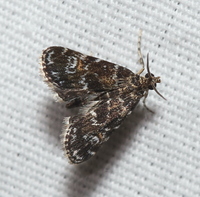 | Recorded by: David George, Jeff Niznik on 2023-09-04
Orange Co.
Comment: |
 | Recorded by: Jim Petranka on 2023-08-30
Madison Co.
Comment: | 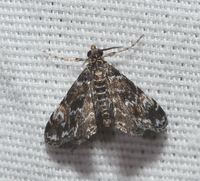 | Recorded by: David George on 2023-08-25
Orange Co.
Comment: |
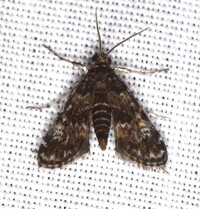 | Recorded by: David George, Stephen Dunn, Jeff Niznik on 2023-08-18
Caswell Co.
Comment: | 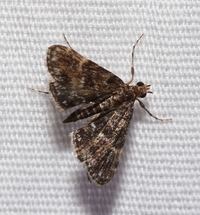 | Recorded by: David George, Jeff Niznik on 2023-08-16
Orange Co.
Comment: |
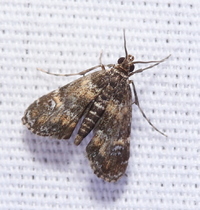 | Recorded by: David George on 2023-08-15
Orange Co.
Comment: | 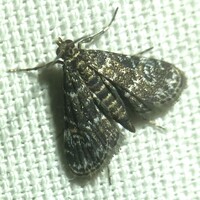 | Recorded by: Dean Furbish on 2023-07-30
Wake Co.
Comment: |
 | Recorded by: R. Newman on 2023-07-22
Carteret Co.
Comment: |  | Recorded by: David George on 2023-07-21
Durham Co.
Comment: |
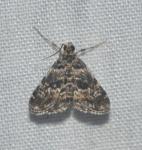 | Recorded by: K. Bischof on 2023-07-14
Transylvania Co.
Comment: | 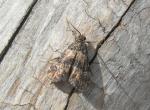 | Recorded by: R. Newman on 2023-06-03
Carteret Co.
Comment: |
 | Recorded by: Chuck Smith on 2023-05-30
Davidson Co.
Comment: | 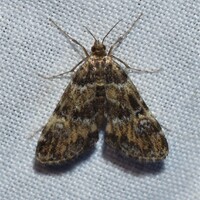 | Recorded by: David George, Jeff Niznik, Rich Teper, Erich Hofmann, Jesse Anderson on 2023-05-22
New Hanover Co.
Comment: |
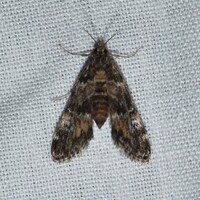 | Recorded by: David George, Jeff Niznik, Rich Teper on 2023-05-21
New Hanover Co.
Comment: | 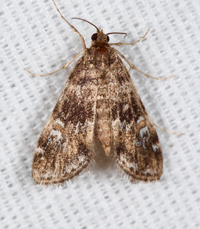 | Recorded by: Jim Petranka and John Petranka on 2023-05-18
Moore Co.
Comment: |
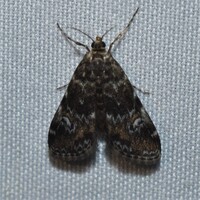 | Recorded by: David George, Jeff Niznik on 2023-05-17
Chatham Co.
Comment: |  | Recorded by: Jim Petranka and Bo Sullivan on 2023-05-17
Moore Co.
Comment: |
 | Recorded by: David George, Jeff Niznik on 2023-04-29
Orange Co.
Comment: | 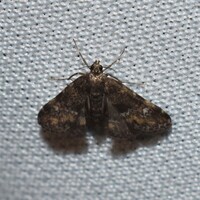 | Recorded by: David George, Jeff Niznik on 2023-04-20
Durham Co.
Comment: |
 | Recorded by: David George on 2023-04-15
Durham Co.
Comment: |  | Recorded by: John Petranka on 2023-03-27
Orange Co.
Comment: |
 | Recorded by: David George, Stephen Dunn on 2023-03-24
Orange Co.
Comment: |  | Recorded by: John Petranka on 2022-09-26
Orange Co.
Comment: |
 | Recorded by: David George on 2022-09-04
Durham Co.
Comment: | 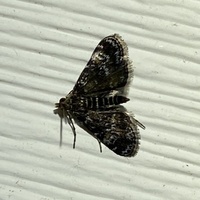 | Recorded by: David George on 2022-08-21
Durham Co.
Comment: |
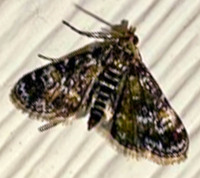 | Recorded by: David George on 2022-08-21
Durham Co.
Comment: |  | Recorded by: Steve Hall on 2022-08-02
Durham Co.
Comment: |
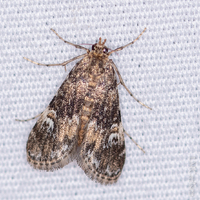 | Recorded by: David George, L. M. Carlson on 2022-07-26
Greene Co.
Comment: | 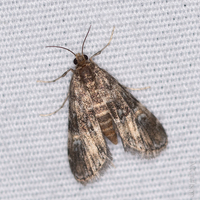 | Recorded by: David George, L. M. Carlson on 2022-07-25
Greene Co.
Comment: |
|